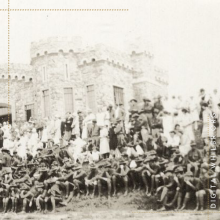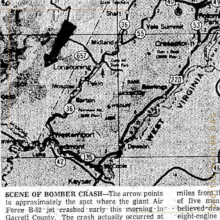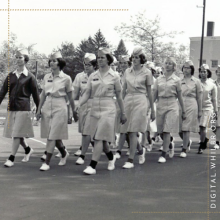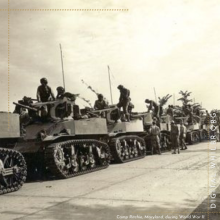Military Lots assigned to soldiers, Garrett County, Maryland. 1787
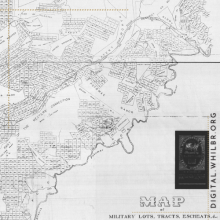
Soldiers who fought in the Revolutionary War were rewarded by the state of Maryland with land "west of Fort Cumberland". The map of "military lots" assigned in 1787 shows the land grants in Garrett County, Maryland given to those who served in the war.
